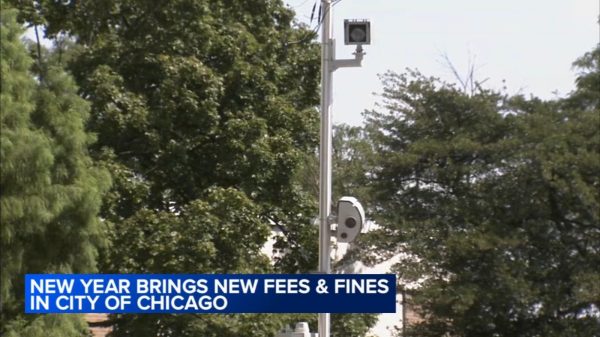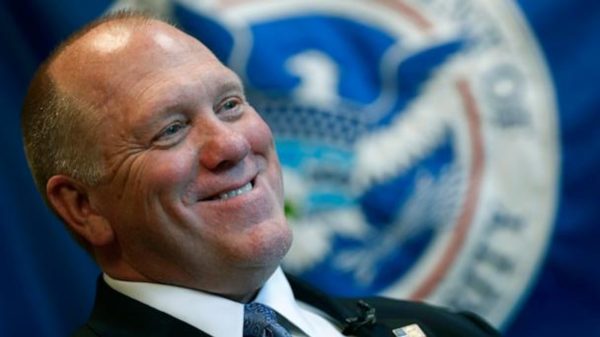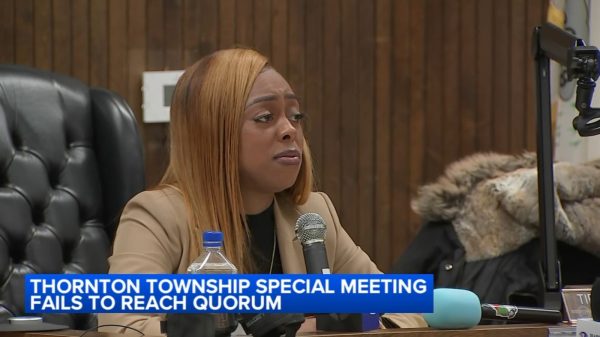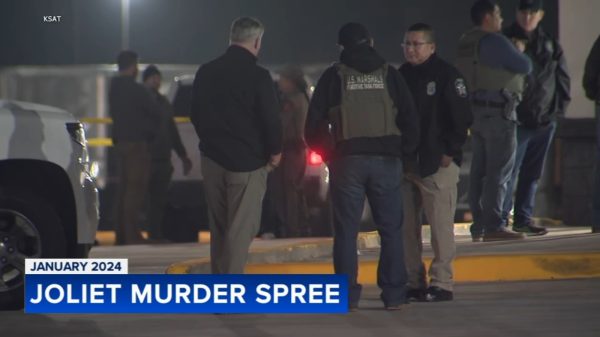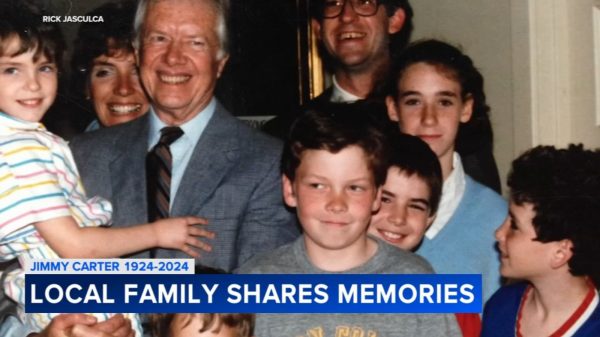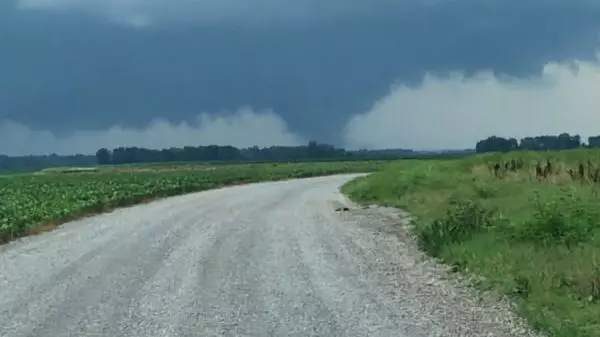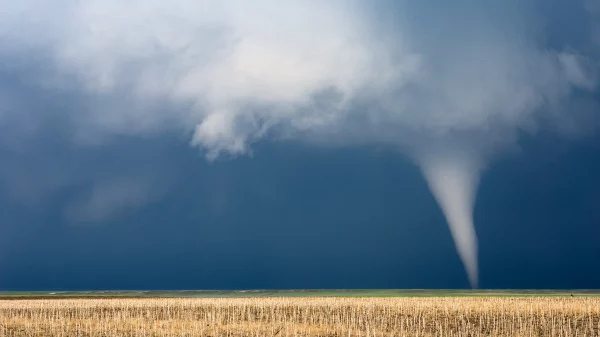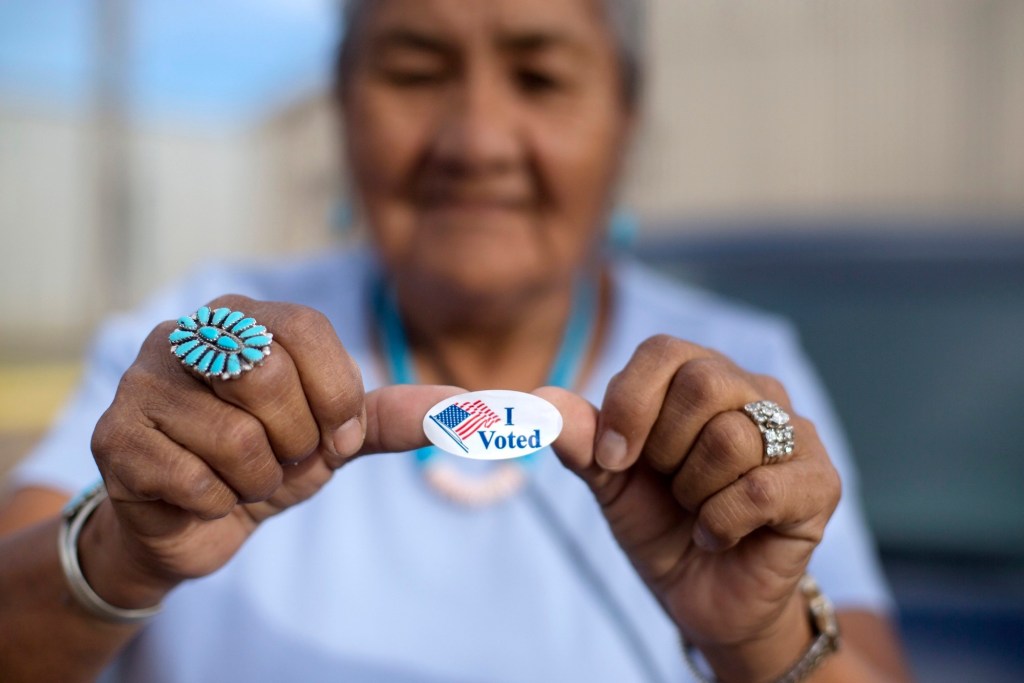By The Associated Press
WASHINGTON (AP) — Americans will cast roughly 160 million ballots by the time Election Day comes to a close — in several different ways, including many submitted a few weeks before polls even open.
They will choose a president, members of Congress and thousands of state lawmakers, city council members, attorneys general, secretaries of state — and in Texas, a railroad commissioner who has nothing to do with the trains.
This year’s election also comes at a moment in the nation’s history when the very basics of how America votes are being challenged as never before by disinformation and distrust.
It can be tough to make sense of it all. To help better understand the way America picks its president and its leaders — all the way down the ballot — The Associated Press offers the following thoughts on the Top 25 people, places, races, dates and things to know about Election Day. A guidebook, of sorts, to American democracy as it nears its 250th birthday.
No. 1: People: Donald Trump & Kamala Harris

It’s said that every presidential election makes history. Perhaps. But while some are destined to be included in the history books, others become the subject of books all of their own. Put 2024 down to get a whole shelf at the library. Will Americans choose to return Donald Trump to the White House, electing a former president to a new term for only the second time — and picking for the first time a person convicted of a felony to sit behind the Resolute Desk? Or will voters decide Kamala Harris ought to be the nation’s first woman to take up office in the Oval Office, a candidate who didn’t win a single primary yet landed at the top of her party’s ticket by acclamation. No list of the Top 25 things to know about this year’s general election can begin without an acknowledgment that no matter who America chooses, Trump and Harris will make history this Election Day. (Or a few days later.)
No. 2: People: Elon Musk
There might not be anyone as all-in on returning Trump to the White House as Elon Musk, the world’s richest person. “President Trump must win to preserve the Constitution. He must win to preserve democracy in America,” the founder of SpaceX and Tesla told a rally crowd in early October when Trump returned to the site of his first attempted assassination in Pennsylvania. Along with his unfathomable personal wealth, Musk’s ownership of X, formally known as Twitter, gives him an unprecedented ability to try and convince voters of his belief that electing Trump is a “must-win situation.” Musk is spending heavily on get-out-the-vote efforts and using his perch as X’s CEO to amplify misinformation and push into millions of timelines his argument that the country will not survive should Kamala Harris win the White House. It’s a foreboding message that seems to get bleaker by the day – and Musk knows it. “As you can see, I am not just MAGA,” he told Trump’s backers from the rally stage. “I am Dark MAGA.”
No. 3: People: Jotaka Eaddy
The founder of Win With Black Women, Jotaka Eaddy has for the past four years hosted Sunday evening video conferences on Zoom to chat politics. On July 21, she couldn’t get into her own meeting. Earlier that day, Joe Biden dropped out of the presidential race and endorsed Kamala Harris as his replacement to be the Democratic nominee, and once Zoom changed some settings, 44,000 people were online and ready to talk about it. It was a pep talk and a telethon. People prayed and sang. About an hour after the Zoom started, Star Jones shared a donation link and by early the next morning they had raised more than $1 million. The meeting spawned a domino effect as Eaddy turned a tool made essential by the coronavirus pandemic into an essential place for Harris’ supporters to gather. Soon, Black men and white women and white dudes and Taylor Swift fans were logging on. “It has allowed us to organize in a way to bring people together that otherwise would not connect,” Eaddy said.
No. 4: People: Garrett Archer
Now that how a ballot is cast is as much of a red/blue choice as the candidate getting the vote, figuring out who will win a close election often depends on knowing the kind of ballots left to be counted. Garrett Archer, a former analyst at the Arizona Secretary of State’s office who is now a data journalist, was one of the first of Twitter’s election seers to understand how nit-picky those details can be. Were the advance votes still to be counted cast in person, mailed or left at a drop box? How soon before Election Day did those mail ballots arrive? Or might those mail votes actually be “late earlies” dropped off at a polling place? Archer goes deep into those details in his job with ABC’s Phoenix affiliate, but most of us will get his analysis of Arizona’s election results online, as we wait every afternoon after Election Day for his trademark Tweet that begins: “Maricopa incoming…”
No. 5: People: Shenna Bellows

About a week after Election Day, Maine Secretary of State Shenna Bellows is likely to star in a livestream via laptop webcam to announce results of ranked choice voting. The instant-runoff system, used when no candidate initially wins an outright majority, might be a downballot novelty if not for the state’s 2nd Congressional District. Behind by about 2,000 votes in 2018, Democrat Jared Golden emerged the winner and ousted the GOP incumbent once the ranked choice process awarded him the votes of two trailing independents. Maine also awards two of its Electoral College votes by congressional district, and while it may be unlikely, the road to 270 electoral votes could theoretically end with ranked choice results in Maine’s 2nd District. In that case, should Golden’s come-from-behind win of 2018 repeat itself, it would fall to Bellows to announce that ranked choice voting had put a second-place finisher into the White House.
No. 6: Places: Adak, Alaska
On an Aleutian island closer to the Russian border than mainland Alaska and more than 4,000 miles from the White House, the question isn’t who wins on Election Day. It’s who will be the very last American to vote. “People have a little bit of fun on that day, because, I mean, realistically everybody knows the election’s decided way before we’re closed,” said Layton Lockett, the city manager in Adak, Alaska. The country’s last polling place to close is the only one still open from midnight ET to 1 a.m., when things wrap up on the island and former World War II military base. The honor of being the last voter was Mary Nelson’s in 2012, when the community of a few hundred people did away with early voting in favor of casting ballots in person. She was a poll worker that Election Day, too, meaning her historic moment was short-lived. “When I opened the curtain to come back out, the city manager took my picture … and they were waiting for us in Nome to call with our vote count,” she said.
No. 7: Places: Nash County, North Carolina
Out of more than 500 counties in the seven battleground states in this year’s election, only 10 voted for Trump in 2016 before flipping to Biden in 2020. The first to complete its count this Election Day ought to be North Carolina’s Nash County, which by 10 p.m. ET could provide an early indication of which candidate is performing best among the swing voters likely to decide a closely contested White House. That’s especially true should there be a decisive winner in the community northeast of Raleigh, unaffected by Hurricane Helene. Two decades have passed since any presidential candidate won Nash by more than a point. Confirmation won’t come for hours (or days), but more intelligence will arrive about a half hour later when North Carolina’s other Trump-Biden county — New Hanover on the state’s Atlantic Coast — should wrap up its count. The other eight counties to watch: Erie and Northhampton in Pennsylvania; Maricopa in Arizona; Kent, Saginaw and Leelanau in Michigan and Sauk and Door in Wisconsin.
No. 8: Places: Apache County, Arizona
There’s more to Arizona than Maricopa County. Seriously! Yes, it’s true that Biden eked out a win in 2020 among the more than 60% of Arizona voters who live in the sprawling home of Phoenix and its suburbs. But Biden may not have won Arizona and its 11 electoral votes without his win in Apache County, where he beat Trump by 11,851 votes out of roughly 35,000 cast. His statewide margin? Just 10,457. Apache County is far from the typical Democratic urban stronghold. Much of the rural county is part of the Navajo Nation, and it also includes lands belonging to the Apache people who gave the county its name. In all, more than 70% of people living there are Native American. America’s indigenous population is often overlooked in presidential elections: the states with the largest percentages of Native people – Alaska, New Mexico, Oklahoma and South Dakota – are not often competitive. Arizona’s emergence as a battleground makes the voters in Apache County — and the roughly 5% of Arizonans who are Native American — a potential factor in this year’s election.
No. 9: Places: Milwaukee, Wisconsin

Trump won Wisconsin by about 20,000 votes in 2016 – and he and the country had to wait on Milwaukee County to know which way that margin would fall. The state’s largest county and Democratic stronghold is one of a handful in Wisconsin that releases results of mail ballots all at once, rather than combining them with other ballots counted at precinct polling places. In 2016, confirmation there weren’t enough mail votes left to count in the City of Milwaukee to flip the race from Trump to Hillary Clinton allowed AP to declare the Republican the winner of the state – and the White House. In the 2022 midterms, it was only when AP confirmed there were no ballots remaining to be counted in Milwaukee and Dane County, Wisconsin’s other largest source of Democratic votes, that it was able to say incumbent Republican Ron Johnson would return to the Senate. Milwaukee might not be among the final counties in Wisconsin to report its results this year, but don’t count out its chances to be the decisive county once it does in this crucial battleground state.
No: 10: Places: Drop boxes

Election officials nationwide found no cases of fraud, vandalism or theft related to the use of drop boxes that that could have affected the outcome of the 2020 presidential election. And yet no place in this year’s election may face more scrutiny than the drop box – a tool designed to make voting easier that’s become the source of conspiracy theories that they played a role ( they didn’t ) in stealing the election from Trump ( it wasn’t ). Several states have enacted laws restricting their use since 2020, while in others they remain the subject of fascination. The Wisconsin Supreme Court reversed itself in July and dumped a ruling that limited drop boxes to only election clerks’ offices. Prosecutors are currently investigating the removal of Wausau’s drop box last month by the mayor without consulting with the city clerk. Election officials typically have detailed processes to ensure the security of ballots left in drop boxes, which are often monitored remotely by camera. Still, drop boxes remain a place where opponents wrongly believe their vote is neither safe nor secure.
No. 11: Races: Pennsylvania president
There are 538 electoral votes to win from the 50 states and the District of Columbia, but the Trump and Harris campaigns are seriously contesting only seven states this year as battlegrounds: Arizona and Nevada out West, North Carolina and Georgia in the South, Michigan and Wisconsin amid the Great Lakes and Pennsylvania as the final boss. Eight years ago, Pennsylvania was the last state called for Trump before he won the election by winning in Wisconsin in the early morning hours after Election Day. Four years ago, Biden’s win there four days after polls closed — by roughly 80,000 votes out of more than 6.8 million cast — was the difference. Both presidential hopefuls can get to the 270 electoral votes needed to win the White House without the Keystone State, but their path to 1600 Pennsylvania Avenue gets a whole lot easier if they grab Pennsylvania’s 19 electoral votes along the way.
No: 12: Races: Abortion ballot measures
Supporters of abortion rights are 7-for-7 in statewide votes since the U.S. Supreme Court “ returned to the people and their elected representatives ” the ability to decide on the legality of abortion. Come Election Day, voters in nine more states will get the chance via ballot measure to do the same. The states range from the reliably blue (Colorado, Maryland) to the resolutely red (South Dakota, Missouri, Nebraska ), with a few presidential battlegrounds and/or states with key races for U.S. Senate – Arizona, Nevada and Montana – in between. And then there’s Florida, a state Hillary Clinton hoped would provide her with a powerful push into the White House. Instead, the Sunshine State was in 2016 (and again in 2020) a cornerstone of Trump’s Electoral College count. A Trump loss in Florida would undoubtedly sink his bid to return to the White House, but it’s hardly clear that the chance to vote on social issues – even one as potent as abortion – can sway enough voters to truly affect an outcome at the top of the ticket.

